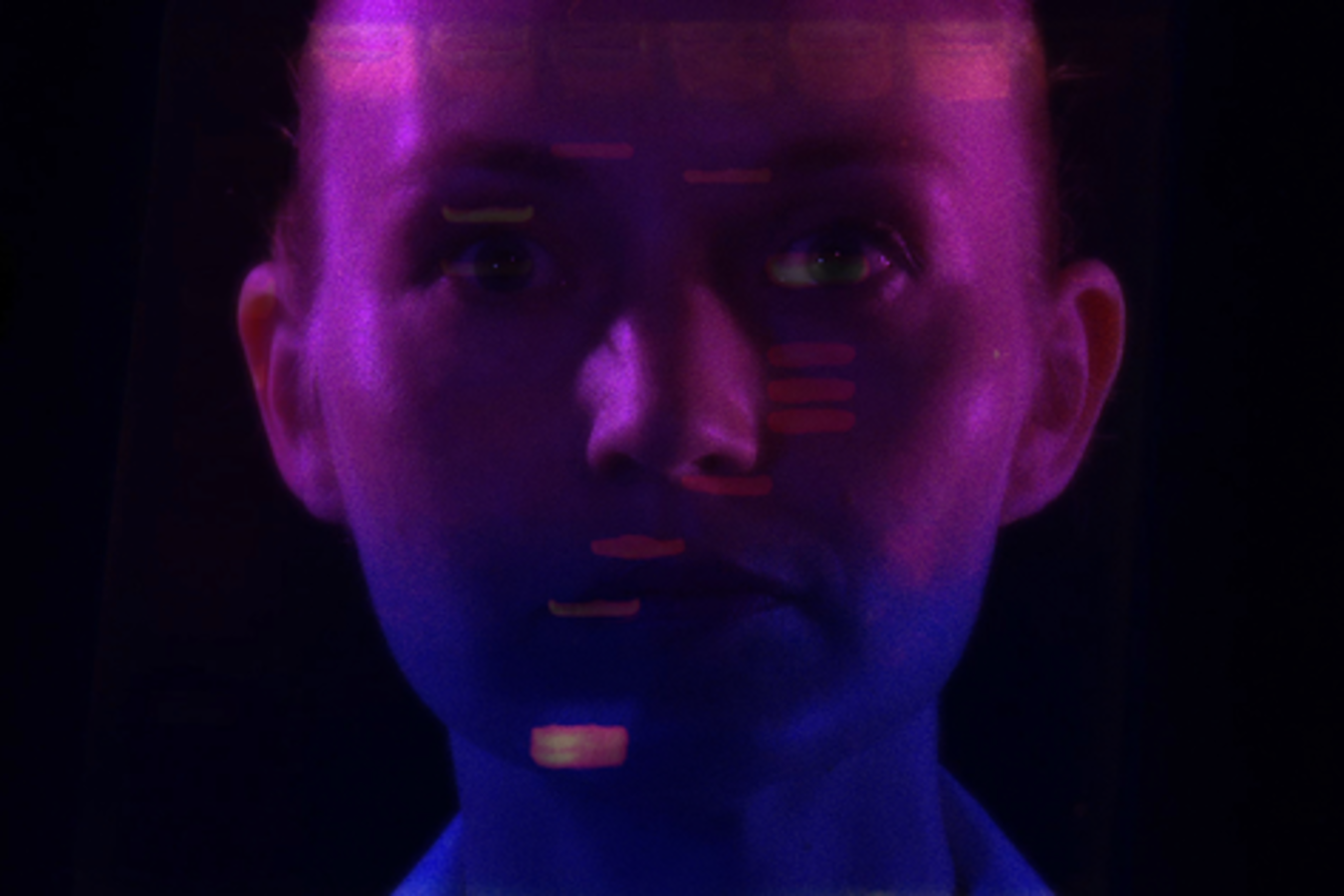Nicole Chuhak
 |
| An artistic rendering of the constellations |
 |
| Poster for the film Gravity |
referring to how art has influenced the space race. The mystery of space has been depicted in art for centuries in many forms; Art has been used to explain the stars in the stories of the constellations, the seasons, and to speculate whether or not we are alone (Smith). This constant curiosity expressed in our art manifests itself in our technological advancements in the space field. We can now send people into space, send drones even further into space, and take telescope photos even further still, all because science has the desire to answer these questions that have been expressed through art.
We could also talk about how space has influenced art, especially in television and cinema. Films
such as Interstellar, Avengers, and Gravity are all some of the biggest films of the last 5 years that center on space and its technology (Rotten). I think that this omnipresent space theme has really enhanced cinematography over the last 30 or so years and that the world would be quite different without our Sci-Fi movies.
| Pillars of Creation |
Sources:
Hubble Site. "Hubble Telescope". Web. 2015
NASA. NASA. Web. 27 May 2015.
Rotten Tomatoes. Web. May 2015.
Smith, Roberta. "‘Mind Is Outer Space’." The New York Times. The New York Times, 25 July 2013. Web. 27 May 2015.
Vesna, Victoria. "Unit 9: Space + Art". Lecture. 2012







